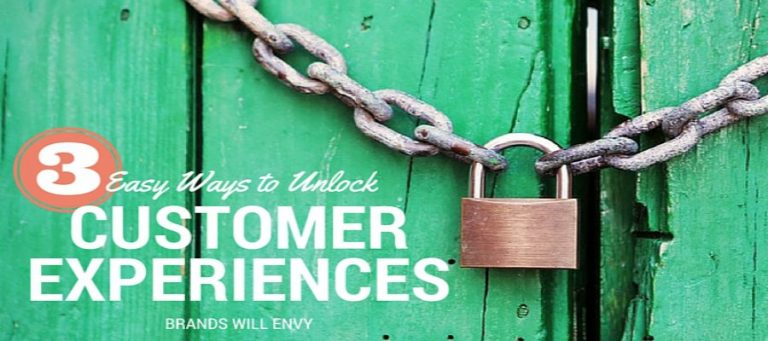Real Talk: Marketing, Sales, And How To “Slay It” Next Year
For those who have been in business for a while now, you have at least a high-level understanding of how marketing impacts your sales. You’ve noticed trends that stimulate an increase and missteps that trigger a decline. But one thing is certain; a failure to connect your marketing with your sales objectives won’t deliver good results.
And if you’re serious about “slaying it” in 2017 – that is, launching marketing campaigns that are designed to achieve targeted sales goals – those two things must align.
The relationship between Content Marketing and Sales
With the emergence of content marketing, the all too familiar upside down pyramid referred to as the “sales funnel” has gotten somewhat of a makeover. The basic concept is still the same. The ultra-wide top captures people with little to no knowledge of your business and even less awareness of a problem they may have. As the funnel narrows, you observe and try to influence the potential buyers’ journey – the process consumers go through as they decide whether or not to purchase – which occurs at the very bottom of the funnel.
Supplying relevant content at each stage of the buyer’s journey is crucial to the success of your content marketing campaigns. After all, the goal of content marketing is to use that content to attract a specific audience who, in time, purchase from you.
So let’s take a closer look at the Content Marketing Sales Funnel:
Top of the Funnel: AWARENESS
While it’s a little depressing to think of it this way, you should operate at this stage as if no one is actively searching for your business. This keeps you from making a very big assumption that consumers know exactly what they want and that you have the solution.
You have to lead them to the water, and you can use branded content to do that, such as:
- Blogs
- Social media updates
- Infographics
- Photos and video
- Podcasts
- eNewsletters
Your goal here is to establish yourself as an expert in your field through a steady stream of meaningful and relevant content that informs, inspires, and entertains.
Middle of the Funnel: EVALUATION
During this stage, prospects are aware that they have a need and that your business is a possible solution to fulfil that need. But you’re not the only one in that position.
Prospects now know what to look for to solve their problem. They are comparing you with your competitors on various levels – service offerings, price, and brand experience.
This is where a well-executed content strategy will make all the difference. Just as prospects are evaluating you, you should be observing them. If they take an action, such as joining your mailing list or sharing a blog post, you should be behind the scenes studying those behaviors and building a buyer profile or persona. Using that persona, you can better target content for those individuals.
To increase engagement with them, create incentives, or lead magnets, to entice prospects to go the next step – to move beyond simply reading your blog or liking a social media post.
Some of these lead magnets may be gated content, requiring a piece of information in order to proceed, such as a name, email address, and phone number.
Requests for this information will reside on a landing page that captures this information and will be added to a customer relationship management system (CRM) to be tracked, studied, and used later on.
Some examples of lead magnets are:
- checklists
- eBooks
- webinars
Â
Bottom of the Funnel: CONVERSION
This is the last stage of the content cycle that we’re all working for, to get a paid client or customer.
During this stage, you’re hoping all the content provided up until this point has done a good enough job to convince prospects that you are, in fact, competent and qualified to solve their problem. This stage is all about trust. You’ll leverage the relationship you’ve cultivated thus far with additional resources, like testimonials and brand stories, to ask the prospect to take a specific revenue action, like “buy now.”
Marketing is a learning system
Ultimately, marketing, in its purest form is a learning system, one driven by conversations. It is an exchange of value with consumers. You share meaningful brand stories and consumers reward you with their attention. They engage with your content and you reward them with more content that meets their needs. In time, you’ll earn their trust and later the sale.





